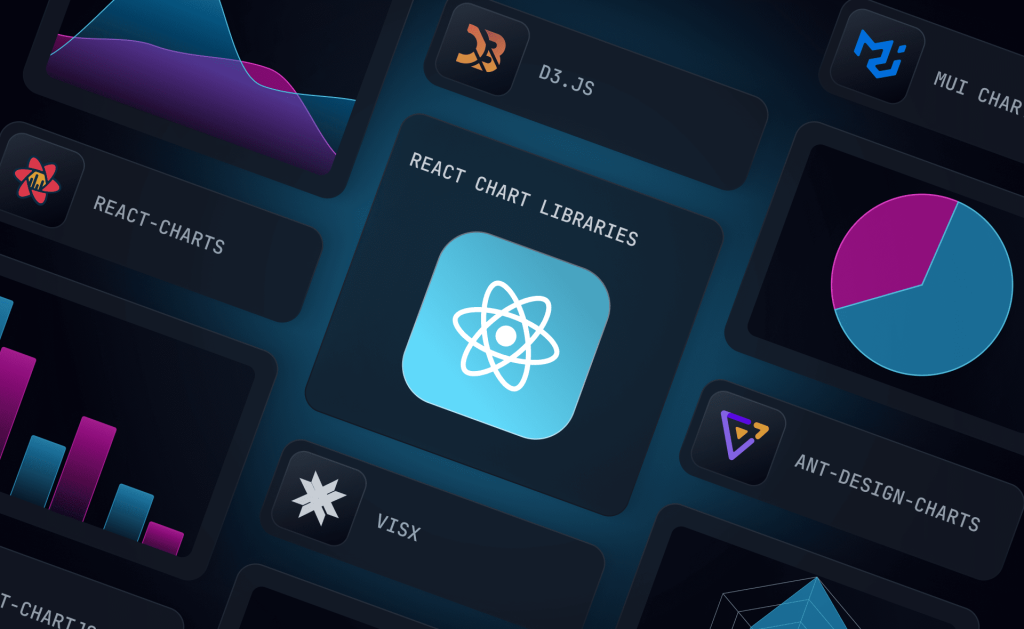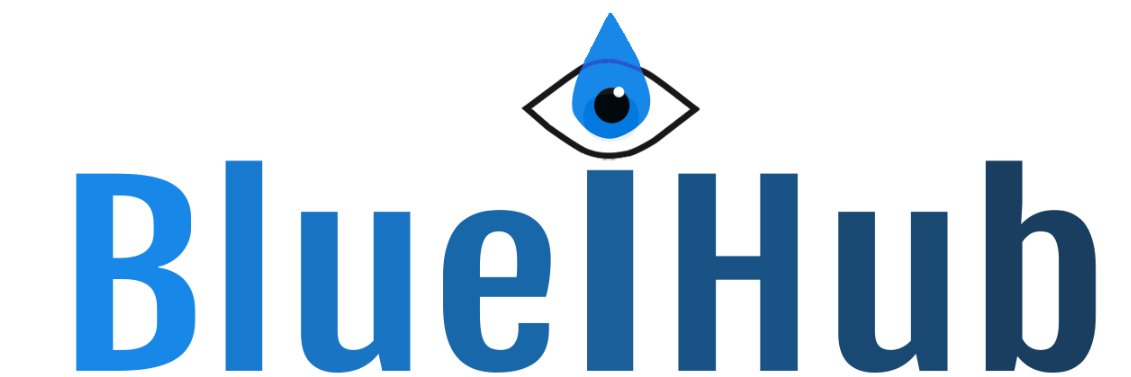Unveiling the Best React Charting Libraries
In the ever-evolving landscape of web development, the power of data visualization cannot be overstated. It is a crucial element in simplifying complex information for users. React, a leading JavaScript library for building user interfaces, offers a rich selection of charting and graph visualization libraries.

The Importance of React Chart Libraries
When it comes to creating interactive and visually captivating data representations, React charting libraries are indispensable. These libraries serve as invaluable tools, aiding developers in delivering seamless and visually appealing user experiences. This article delves into the significance of React charting libraries in the realm of web development, focusing on their key role in data visualization.
Why Choose React Chart Libraries?
React chart libraries serve as valuable tools for simplifying the process of chart and data visualization creation. While smaller projects might find it manageable to construct charts from scratch, more extensive endeavors requiring diverse data representation benefit from the utilization of chart libraries.
In the modern React landscape, numerous libraries have been tailored to expedite the development of interactive, responsive, and sometimes animated charts. These libraries contribute to streamlining the design and integration of data visualizations, thereby enhancing efficiency and productivity.
Without further delay, let’s embark on a comprehensive comparison of the top eight React chart libraries. Our evaluation will encompass crucial criteria such as features, documentation quality, community adoption, and the level of customizability. The focus will be directed toward the most esteemed and widely embraced React chart libraries.
What to Look for in the Best React Charting Library?
Selecting the ideal React charting library can be a daunting task. To make the right choice, it’s essential to consider specific criteria that align with your project’s requirements. This section outlines the critical factors to consider when evaluating React charting libraries, emphasizing the importance of customization, performance, and robust community support.
A Comparative Analysis of Top React Charting Libraries
Selecting the most suitable React charting library can be a challenging task, given the abundance of options available. To assist you in making an informed decision, this section will conduct a detailed comparative analysis of some of the most popular React charting libraries currently available.
React-Vis
React-Vis is a versatile and widely-used React charting library known for its simplicity and customizability. It offers a broad spectrum of chart types, from basic bar charts to intricate hierarchical treemaps. React-Vis is built upon the popular D3.js library but provides a more React-friendly approach, allowing developers to seamlessly integrate it into their React applications. Its community support is substantial, and it’s suitable for projects of varying complexities.
Recharts
Recharts is another compelling option, offering a plethora of well-designed, responsive charts. It’s tailored explicitly for React, which ensures seamless integration with React applications. Recharts stands out for its interactive features and rich documentation, making it an excellent choice for those looking to create visually appealing and highly interactive charts.
Victory
Victory is a charting library with a primary focus on data visualization for React applications. Its emphasis on modularity enables developers to create complex, customized charts with ease. Victory’s architecture allows for the creation of data visualizations that can scale from basic charts to complex, multi-dimensional dashboards. It’s a versatile choice for projects that require in-depth control over the charting components.
Nivo
Nivo is a data visualization library that provides a variety of charts, including bar, pie, line, and scatter plots. What sets Nivo apart is its emphasis on design and aesthetics. The library offers beautiful, customizable chart styles that can be effortlessly integrated into React applications. It’s ideal for developers and designers who want to create stunning and visually appealing data visualizations.
Chart.js
Chart.js is one of the most popular charting libraries across the web development community. While not React-specific, it offers a React wrapper that makes it simple to use in React applications. Chart.js is known for its simplicity, flexibility, and wide range of chart types. If you’re looking for a versatile library that’s beginner-friendly and supports different chart types, Chart.js is a robust choice.
D3.js
D3.js is a low-level, data-driven library for creating interactive data visualizations. While not a React-specific library, it is favored for its unparalleled flexibility. Developers seeking complete control and customization of their data visualizations may prefer to utilize D3.js alongside React. However, it’s worth noting that using D3.js can be more code-intensive and require a steeper learning curve.
Venturing into React Graph Visualization
In addition to traditional charting libraries, React offers specialized solutions for graph visualization. Explore the world of graph visualization within React applications, focusing on libraries like Cytoscape and Vis.js, specifically designed for creating interactive graph representations.
Best Practices for React Data Visualization
Incorporating data visualization into React applications requires adherence to best practices. This section offers guidance on creating effective data visualizations, emphasizing the importance of responsive designs and accessibility for a seamless user experience.
The Role of Community and Support
Community engagement and support are crucial aspects of the open-source development ecosystem. Discover how an active community can positively impact the development process and assist developers in overcoming challenges.
Real-World Applications and Case Studies
Real-world applications that successfully implement React charting libraries are explored in this section. Witness the power of data visualization through case studies from companies that have harnessed React’s capabilities to enhance user experiences.
Charting the Future of React Charting Libraries
The landscape of React charting libraries is ever-evolving. This section looks ahead to future trends and innovations, providing a glimpse into the exciting developments shaping the world of data visualization in React.
Conclusion
Choosing the right React charting library is a pivotal decision that can significantly influence the way data is presented in your applications. By navigating the diverse world of React charting libraries, developers can unlock the potential for creating engaging, informative user interfaces. This exploration offers the opportunity to enhance data visualization capabilities and elevate the quality of your web applications.







